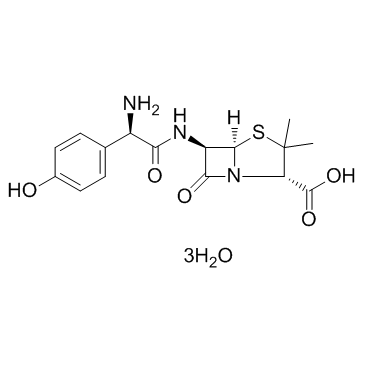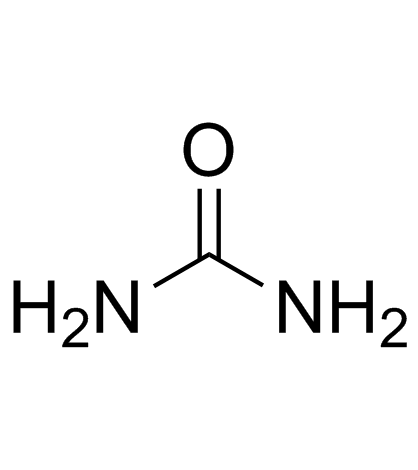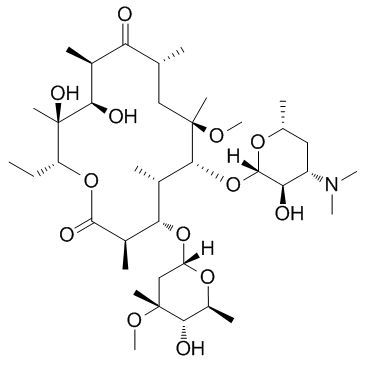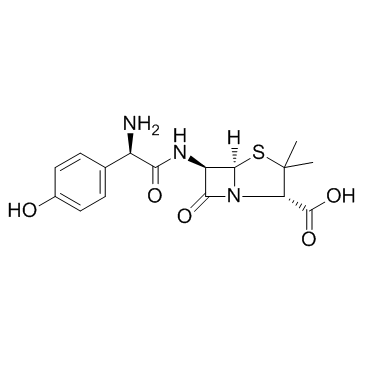| Structure | Name/CAS No. | Articles |
|---|---|---|
 |
Amoxicillin Trihydrate
CAS:61336-70-7 |
|
 |
Urea
CAS:57-13-6 |
|
 |
Clarithromycin
CAS:81103-11-9 |
|
 |
Amoxicillin
CAS:26787-78-0 |